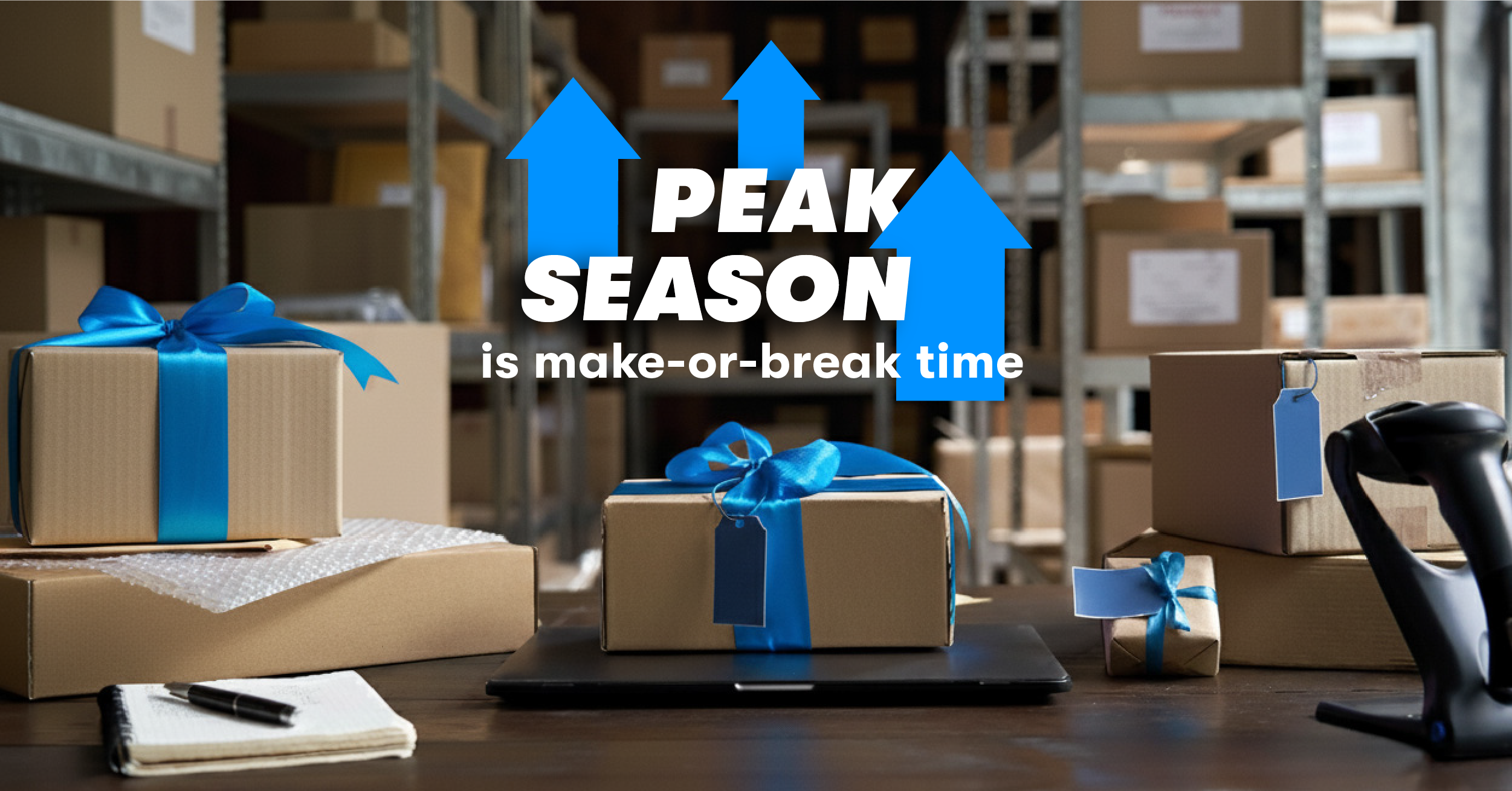01/11/2024
In the second part of our blog series dedicated to the search for profitability in the restaurant industry, we compare the cost-effectiveness of a restaurant’s different sales channels to help you invest in what’s best for your bottom line.
The comparison is based on the net profits generated by each channel. To find out how to calculate your net profits, you can head back to the first article of our blog series!
1. On site sales
The most profitable sales channel is and will continue to be on-site sales, more so than delivery. This is due to one key reason—dine-in customers order more products that offer a higher profit margin for your restaurant, particularly alcoholic drinks which carry a margin rate of about 85%.
.png?width=850&height=444&name=Blog%20series_pt2_Figure-1%20(2).png)
Moreover, the sale of drinks is less expensive in terms of energy and labour as the products require no processing. By contrast, a dish requires the chef’s time and demands energy use for cooking or even food storage in a cold room.
Ultimately, the proportion of the three main cost items on the final bill often end up being closer to 20% than 30%, allowing your restaurant to generate greater net profits, as shown in figure 2.
.png?width=850&height=444&name=Blog%20series_pt2_Figure-2%20(2).png)
The graph above shows the unit costs of an average restaurant bill, based on the following assumptions:
- Cost of raw materials—i.e fresh food—accounts for 22% of the bill.
- Marketing budget is set at 2% of the final price paid by the consumer.
- Proportion of fixed costs in the final price is 24% for labour and 20% for operating costs.
2. Marketplace delivery sales
What about meal delivery via a marketplace? Is it profitable? This is a valid question as the unit economics of a delivery order made via a third-party must take into account another cost item—namely the commission fee paid to the food delivery app. This is usually at an average cost of 20-30% of the total value of each order basket.
Let's take a fictitious example where a customer places a £32 order via a food delivery app such as Uber Eats or Deliveroo. As restaurants sell fewer alcoholic beverages via delivery orders than on-site orders, the cost of raw materials will essentially be that of food, which has a lower margin rate. Moreover, you might spend more on marketing to let your customers know you offer home delivery.
The graph below shows the unit economics of a delivery order made via a marketplace, based on the following assumptions:
- Marketplace commission rate is 27%.
- Cost of raw materials—i.e food costs—accounts for 34% of the bill.
- Marketing expenditure budget is set at 3% of the final price paid by the consumer.
- The proportion of fixed costs in the final price is regarded as the same as for an on-site order, i.e. 24% for labour and 20% for operating costs.
Based on this data, we can see that the net profits end up being negative, at -£2.56 per order. This number alone shows how unsustainable selling via marketplaces is in the long run.
.png?width=850&height=444&name=Blog%20series_pt2_Figure-3%20(1).png)
3. Direct-to-consumer delivery sales
Unlike delivery via a marketplace, delivery via your own or "direct" channel—i.e, your own website or application—lets you generate net profits. This is for one simple reason. In this model, the restaurant pays a commission fee on the one hand, but collects delivery fees from its customers on the other hand.
Let's go back to the fictitious example defined above. A £32 basket with identical food, labour and operating costs (see figure 3). This time, the customer orders via the restaurant's website and the meal is delivered by a Stuart courier. Stuart charges an average of £7.00 for its delivery service to the restaurant, who in turn collects a delivery fee of £5.50 from the customer. In this case, the net profit generated on the order is £1.70, compared with a £2.56 loss for the same order sold and delivered via a marketplace.
.png?width=850&height=444&name=Blog%20series_pt2_Figure-4%20(2).png)
By taking back control over your delivery fees, you can make strategic choices to ensure your desired margin rate is achieved. For example, it might be worthwhile taking on more of the delivery fees to obtain more order volumes.
4. Finding the right balance
Comparing the profitability of different sales channels highlights the unrivalled profitability of on-site sales. Does this mean you should give up on delivery altogether and write off additional revenue?
In theory, delivery should increase turnover by more than the resources invested in developing this sales channel. Historically, pizzerias and sushi restaurants have made this calculation. Delivery enables them to reach a wider customer base without having to invest to extend the size of their restaurant or open a new one. The increase in sales automatically reduces the impact of fixed costs on each order basket and increases net profits.
By working with a delivery partner like Stuart, who simply charges for their service and allows your restaurant to retain control over pricing, you have the opportunity to rediscover this winning formula.
You must also ensure that the development of this sales channel does not disrupt the smooth running of front-of-house service, while you make delivery a long-term growth driver. If kitchen space is not optimised for preparing delivery orders, or if the influx of delivery personnel at the restaurant door is poorly managed, the on-site customer experience may be considerably degraded.
Ultimately, the key to success is to find a balance between these two sales channels with distinct objectives. On the one hand, on-site sales should generate high margins thanks to a higher average order basket. On the other hand, “direct” delivery sales should make it possible to bring in substantial volumes and additional income without the need for excessive investment.
Want to find out more about how to grow your direct delivery channel? The third part of our series of articles will focus on just this subject.
45% of retailers & grocers choose ship from store delivery as their first choice
45% of retailers & grocers choose ship from store delivery as their first choice
Discover and leverage Stuart use cases
Stay up to date on delivery trends
Choose the last-mile topics you are most interested in and we will take care of the rest

Stuart is Europe’s leading last-mile B2B delivery platform. Since 2015, we’ve been empowering businesses across all industries with fast and reliable on-demand delivery solutions. Our platform instantaneously connects businesses of all sizes to a fleet of high-quality couriers.



